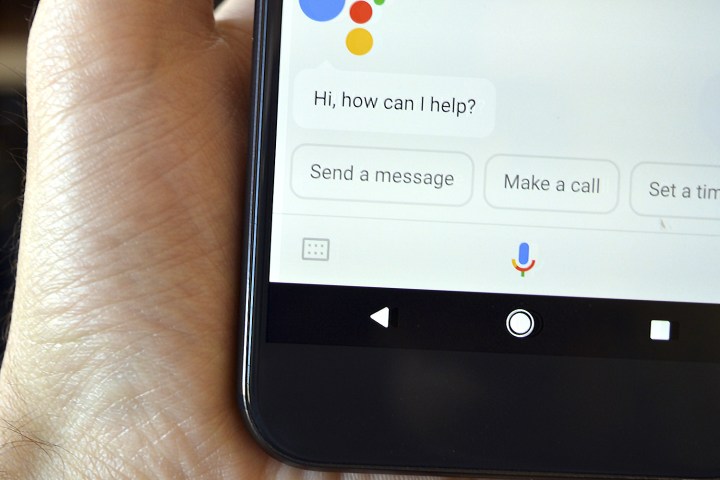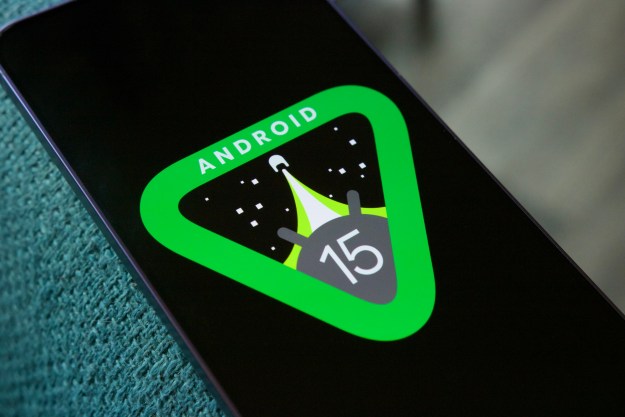
Assistant Go, like the other Go apps, basically aims to offer a similar experience as the standard Google Assistant in a much smaller package and without taking up much
Of course, the tradeoff is that the app can’t do everything the normal Google Assistant can do. For starters, it currently only supports English, and it doesn’t do certain functions, like set reminders or control smart home devices. Thankfully, it’s not just a voice interface for Search — it does still integrate with other apps on your phone, like Maps.
While Assistant Go is currently only available in English, we expect that to change. After all, the Android Go initiative seems to be largely targeted at emerging markets, where lower-power phones are more common and
Assistant Go can be found on the Google Play Store, but we’re not sure what devices are compatible just yet. Google won’t allow users with phones capable of running the standard version of Assistant to download Assistant Go.
Google is making serious efforts to bring Assistant to as many people as possible. Not only do plenty of
It’s also likely we will continue to see the company launch lightweight apps. Apart from the previously mentioned apps, we have also seen Gboard Go, and Files Go, which is a file management app for
Editors' Recommendations
- Motorola just launched a new Android phone to take on the Google Pixel 8a
- The 10 most important things to know about the Google Pixel 8a
- Google just launched a new Pixel Tablet … kind of
- A new Google Pixel Tablet is coming, but it’s not what you think
- 3 reasons why I’ll actually use Anker’s new iPhone power bank

